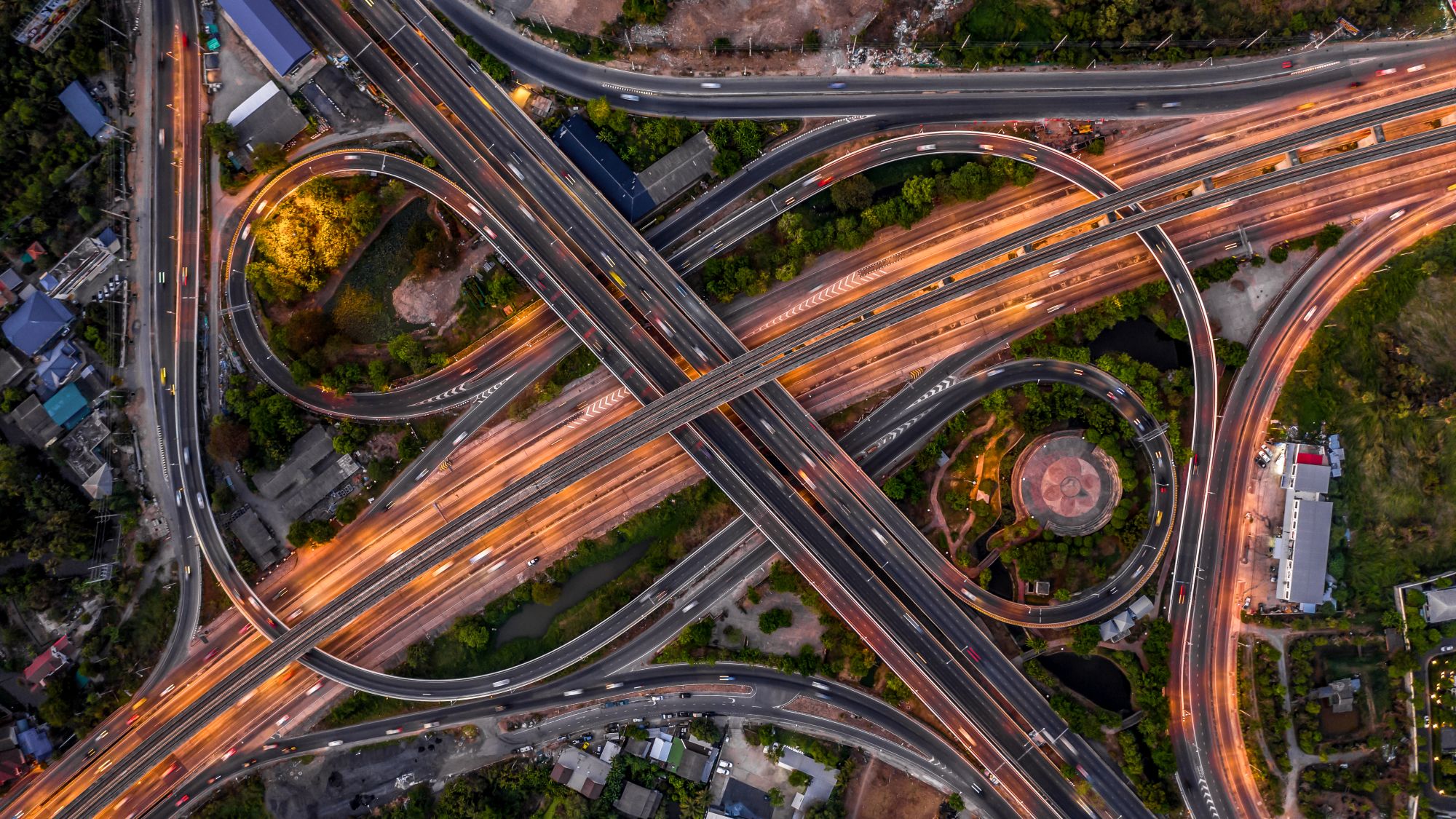
Josh Cousens
SNAP прибывает в Сен-Жор-де-Маремн
Создано: 29.08.2024
•
Обновлено: 29.08.2024
"Для водителей очень важно делать перерывы в безопасных и спокойных местах, и для нас немыслимо не обеспечить дополнительный комфорт", - говорит Шарлотта Декуар, менеджер по коммуникациям Certas Energy Retail France.
После открытия первой французской стоянки в мае 2023 года компания Certas Energy запускает вторую высокотехнологичную стоянку для грузовиков в Сен-Жор-де-Маремне. Мы поговорили с Шарлоттой Декуар, чтобы узнать больше о новой стоянке для грузовиков и о сотрудничестве с SNAP.
Стоянка для грузовиков в Сен-Жор-де-Маремне от Certas
Стоянка для грузовиков откроется во вторник, 19 марта 2024 года, предлагая 140 парковочных мест и принимая оплату по счету SNAP.
Шарлотта говорит: "Участок расположен в городе Сен-Жур-де-Маремн, на автостраде A63, примерно в 70 км от испанской границы. Выезд из Сен-Жора осуществляется с севера и юга. Въезд на территорию находится в 300 метрах от шоссе.
"Это вторая стоянка для грузовиков компании Certas Energy. Первая открылась в мае 2023 года в Монмаро (A71/A79), и, как и на первой, здесь есть индивидуальные душевые и туалеты, микроволновые печи, торговые автоматы, бесплатный Wi-Fi, прачечная и, конечно, возможность оплаты по SNAP."
Шарлотта рассказала, что компания Certas планировала строительство автостоянки в Сен-Журсе в течение двух лет, а на монтаж ушло около года.
Объекты
Новая стоянка для грузовиков в Сен-Жор-де-Маремне предлагает водителям следующие удобства во время их транзита по югу Франции:
Стандарты высокой безопасности 1,80-метровые ограждения
ВИДЕОНАБЛЮДЕНИЕ 24/7
Душ и туалет
Диспенсеры для горячих и холодных напитков
Бесплатный Wi-Fi, чтобы оставаться на связи
Стиральные машины
SNAP & Certas
После успешного сотрудничества в рамках проекта Montmarault Truck Parking by Certas и The Hollies, the Stop в Великобритании, SNAP и Certas Energy решили возобновить свои рабочие отношения в Сен-Жор-де-Маремне.
Шарлотта говорит: "SNAP поддерживает нас в выборе оптимального платежного решения, предоставляя возможность оплаты непосредственно на месте и адаптируясь к нашей парковке".
Будучи одним из ведущих экспертов по безопасности автостоянок, компания SNAP Access & Security работала над укреплением безопасности в Сен-Жор-де-Маремне.
Специалисты SNAP Access & Security установили камеры ANPR на въездах и выездах и синхронизировали их с уже существующими шлагбаумами. Команда также оснастила стоянку для грузовиков платежными терминалами SNAP, позволяющими водителям легко оплачивать парковку.
Шарлотта говорит: "У нас очень хорошие отношения, и мы регулярно встречаемся, чтобы отслеживать различные файлы, связанные с установкой и характеристиками объекта".
Безопасность
Автостоянка Saint Geours-de-Maremne Truck Parking by Certas также воспользовалась услугами местных экспертов по безопасности для усиления охраны объекта и защиты водителей, останавливающихся на стоянке.
Шарлотта говорит: "Чтобы повысить уровень безопасности, мы установили противоударные кабели на нашем внешнем ограждении.
"Кроме того, мы установили интеллектуальные камеры на парковке, которые фиксируют проникновение пешеходов через барьеры, а также интеллектуальные камеры, которые фиксируют присутствие автомобилей на въездах. В обоих случаях оповещения поступают на наши системы видеонаблюдения".
"В ближайшие месяцы мы аккредитуем нашу парковку по стандарту TAPA PSR 2-го или Золотого уровня".
Чтобы узнать больше о парковке для грузовиков в Сен-Жор-де-Маремне от компании Certas, посетите сайт snapacc.com/locations/SaintGeours-de-Maremne/.



